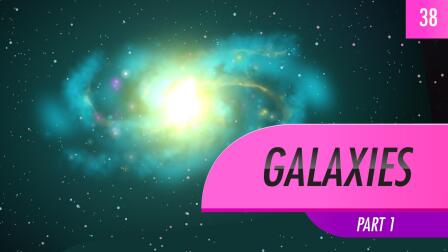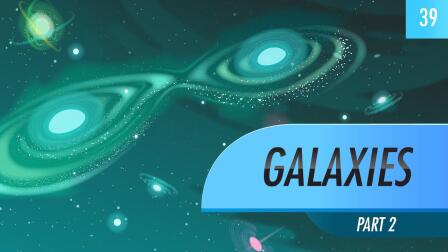Back to Show
Crash Course Astronomy
High Mass Stars: Crash Course Astronomy #31
Season 1
Episode 31
Massive stars fuse heavier elements in their cores than lower mass stars. This leads to the creation of heavier elements up to iron. Iron robs critical energy from the core, causing it to collapse. The resulting supernova creates even more heavy elements, scattering them through space.
Support Provided By

11:09
Phil gives the course a send off with a look at some of his favorite topics.

15:00
Our Universe’s days are numbered.

12:21
Thanks to the wonders of physics, we can map a timeline of the universe’s history.

11:08
Most of the universe is made up of a mysterious entity that pervades space: dark energy.

13:09
Thanks to observations of galaxy redshifts, we can tell that the universe is EXPANDING!

11:45
Today on Crash Course Astronomy, Phil dives into some very dark matters.

13:51
The discovery of gamma-ray bursts is an epic story.

15:20
Active galaxies pour out lots of energy.

11:51
Galaxies contain gas, dust, and billions of stars or more.

10:59
Today we’re talking about our galactic neighborhood: The Milky Way.

12:01
Astronomers study a lot of things, but nebulae might be the most beautiful of them all.

10:21
Last week we covered multiple star systems, but what if we added thousands to the mix?











